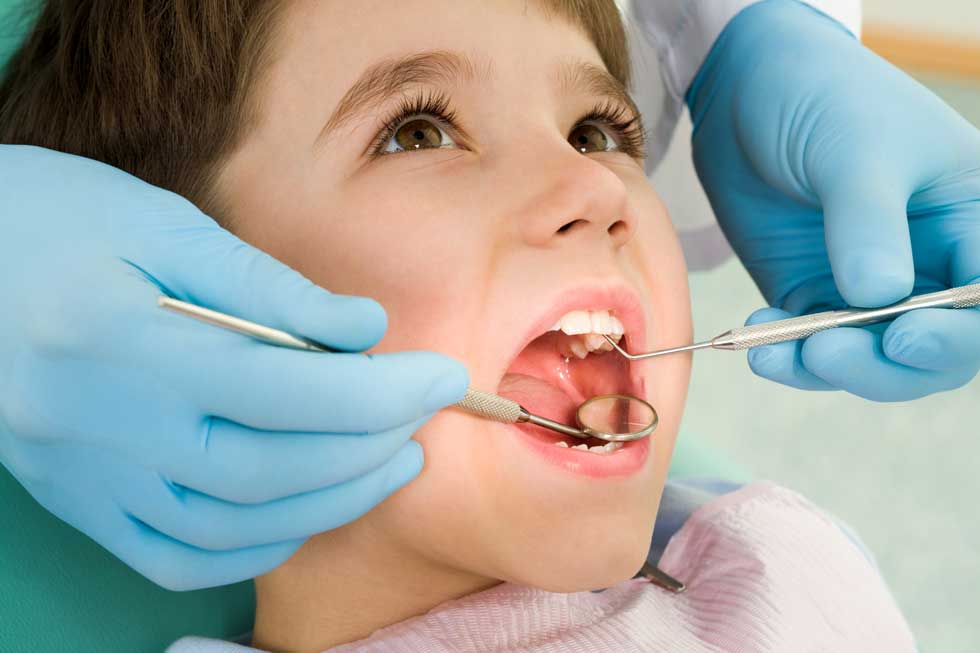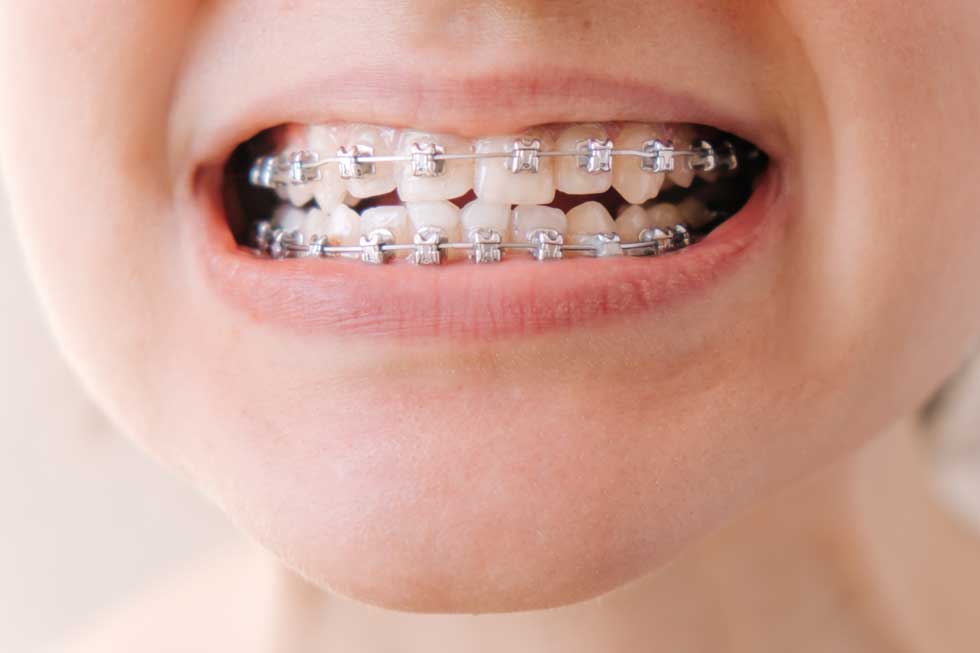Early Intervention
When should my Child see an Orthodontist?
What is Early Treatment?
The majority of orthodontic problems, such as crowding, too much space between teeth, protruding upper teeth, extra or missing teeth, and jaw growth problems may be inherited. Some other problems develop over time when children suck their thumbs or fingers, breathe through their mouths, or have poor dental hygiene, poor nutrition, or other problems.
Dentofacial Orthopedics
This type of treatment may be done in combination with conventional braces or by itself. Common appliances include palatal expanders and functional appliances to direct jaw growth in a more favorable direction.
Does my Child Require Early Intervention?
Signs the Bite’s Not Right: Some orthodontic problems are easy to identify while others are less obvious. Sometimes a child may have perfectly straight teeth but still have a malocclusion (bad bite). Here are some clues that may indicate the need for orthodontic attention
- Early or late loss of baby teeth
- Difficulty in chewing
- Pain caused by biting the cheek or biting into the roof of the mouth
- Mouth breathing
- Thumb-sucking or tongue thrusting
- Crowded or blocked-out teeth
- Jaws that appear too far forward or back
- Protruding teeth
- Upper and lower teeth that don’t meet, or meet in an abnormal way
- An unbalanced facial appearance
- Grinding or clenching of the teeth
Advantages of Early Treatment
- Ability to guide the growth of the jaws in growing children
- Easier expansion of jaws if required
- Improved self-esteem during key developmental years
- Correction of harmful habits (thumb sucking, mouth breathing, tongue thrusting)
- Improved speech if affected by tooth or jaw position
- Possible airway improvement
- Possible avoidance of more invasive treatments in the future (dental extractions, jaw surgery)


